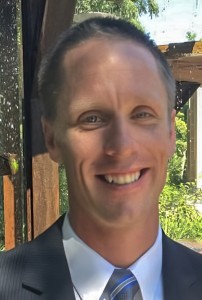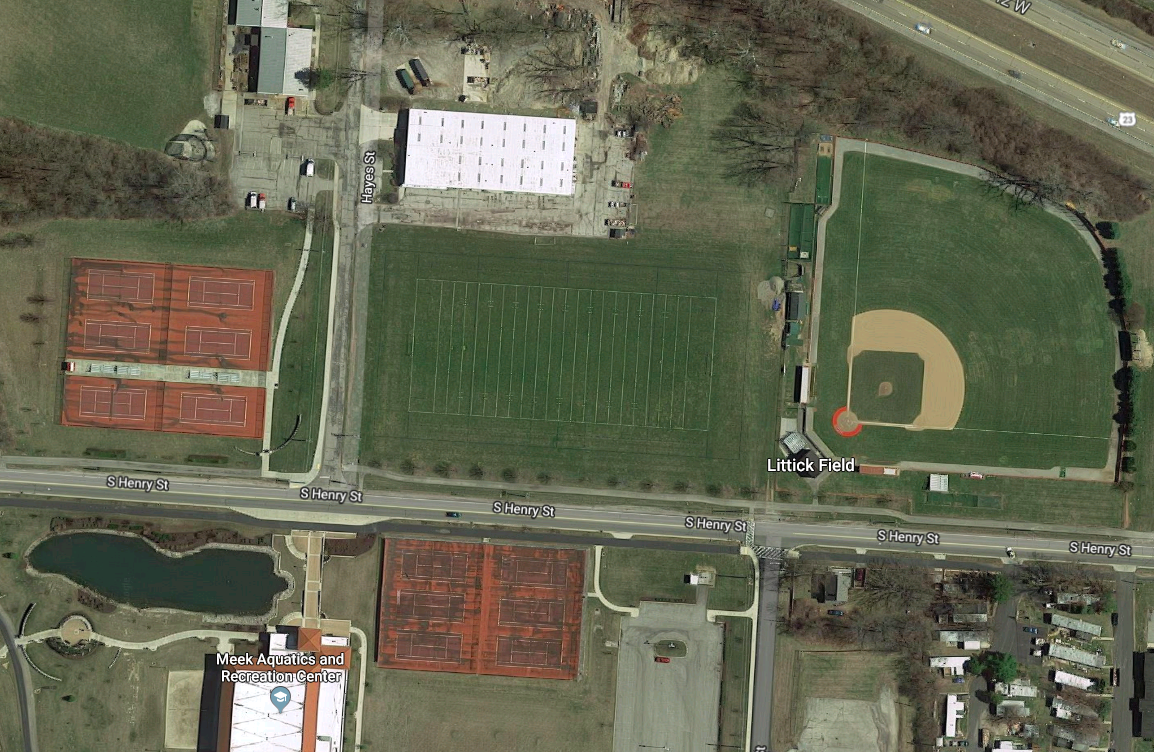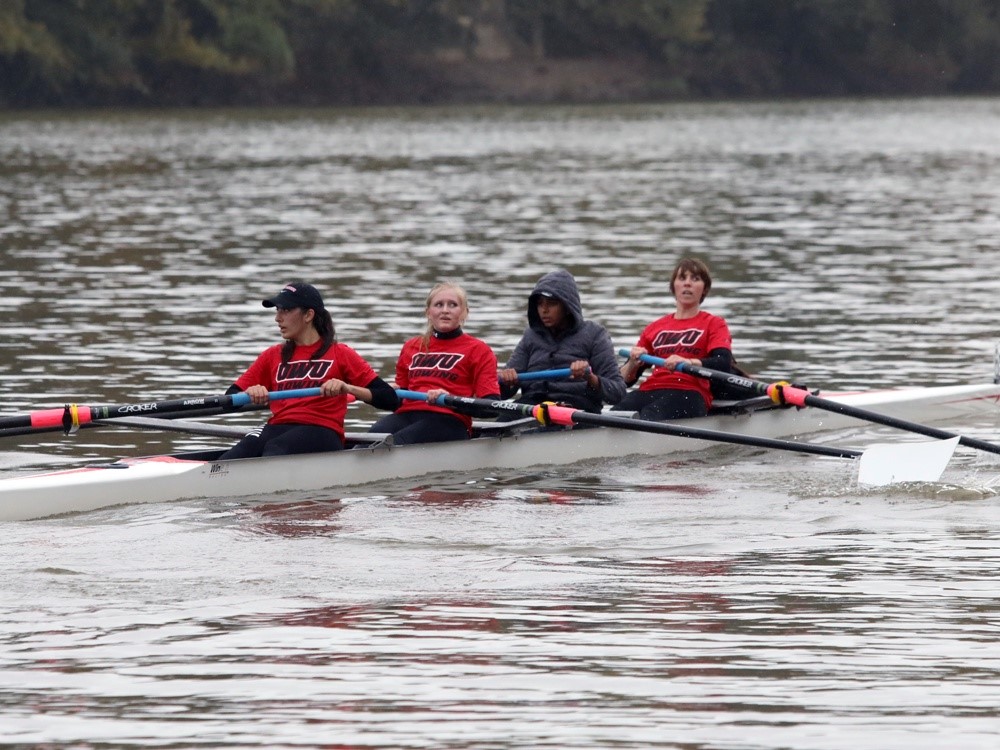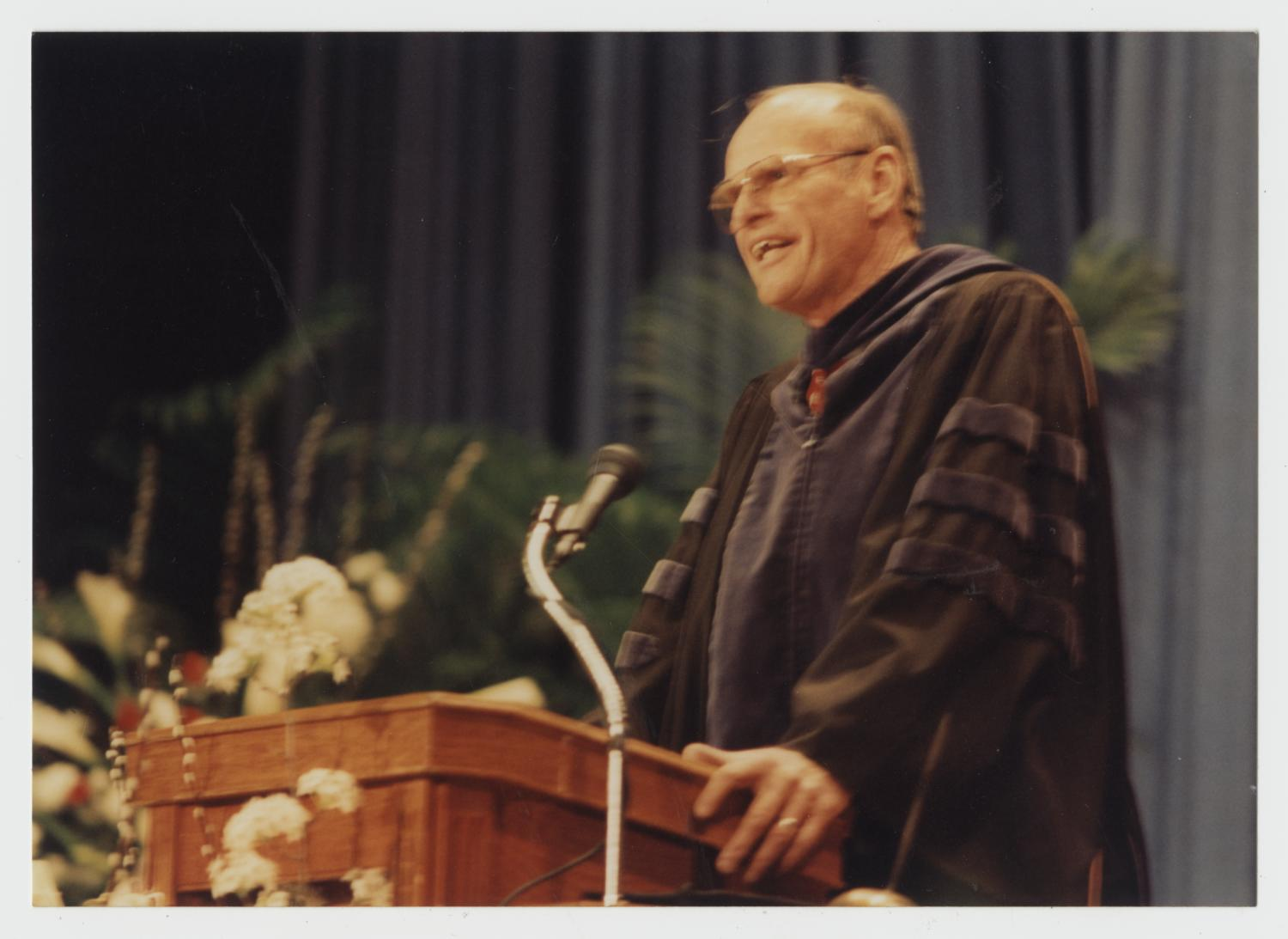By Jesse Sailer, Sports Editor
Jesse Sailer discusses the future progress of admissions with the new director of admissions, Joshua Stevens:
With the position of director of admissions having been vacant, new hire Joshua Stevens brings hope to Ohio Wesleyan University’s (OWU) declining enrollment as well as a fresh look into the college search process.
After previously serving at Earlham College as director of admissions, Stevens brings with him 15 years of experience in directly working with prospective students and families to help them realize their higher education aspirations.
Sailer: After working as director of admissions at Earlham College, why did you decide to come to OWU?
Stevens: Lots of reasons. I’m excited about the energy on campus at OWU – new athletic programs, housing options,academic majors and scholarship initiatives for students. I think the cultural and commercial environment of the Greater Columbus Region provides OWU students with unique connections to the world outside of college. I appreciate that administration and faculty members across campus seem to be working collaboratively and creatively as the college considers the changing higher education landscape, and I am excited to provide my perspective as a student recruitment professional to those conversations.
Before joining Earlham in 2016, Stevens worked for four years as the senior assistant director of admissions at the University of Colorado, the international admissions counselor at the University of Wisconsin-Madison, an assistant director of admissions at Lake Forest College in Illinois and an admissions counselor at Transylvania University in Kentucky.
Sailer: What is the most fundamental part of your job as it relates to incoming prospective students?
Stevens: The “most fundamental part of my job” is to supervise and mentor the recruitment team. These admission counselors work most closely with prospective students and families to help guide them through the college search process. It is important that these staff members be prepared do the very best job they can at every stage of the recruitment process so that families have the tools and resources they need to make well-informed choices about college. I think the other visible part of my job is to represent the recruitment team when creating strategic enrollment initiatives. These initiatives include creating digital and print marketing materials, designing on and off-campus recruitment events, building scholarship and financial aid models, reviewing applications, and managing the systems and operations of the office.
As a high school teacher, Stevens took a liking to the admissions process and felt he had a good understanding of what the thought process was of a prospective college student. His love for interacting with people and the idea of working on a college campus fortified his decision to follow the admissions career path.
Sailer: What are your plans to increase enrollment at OWU?
Stevens: Vice president of enrollment and communications, Stefanie Niles is bringing tremendous enrollment management experience to campus. I really look forward to working closely with Stefanie and the full enrollment team to assess current best practices and to develop new strategies to enroll the very best class each year.
Sailer: Is there anything new you’re bringing to the table in the way of altering or adding to the admissions process?
Stevens: There is a strong team of admissions professionals already in place at OWU and I will absolutely rely on the current members of the OWU family to provide me with institutional knowledge. I bring 15 years of admissions experience to the table and a perspective that comes from recruiting students for institutions with many different enrollment goals and challenges. I’m excited to get started
Faculty members are excited about Stevens’ arrival, including Niles.
“I am pleased to welcome Josh to the Ohio Wesleyan enrollment and communications team,” Niles said. “He brings strong experience in aiding prospective students and supporting all facets of the admission process, including implementing technology, managing and mentoring admission counselors, and collaborating with colleagues across campus to reach recruitment goals.”




